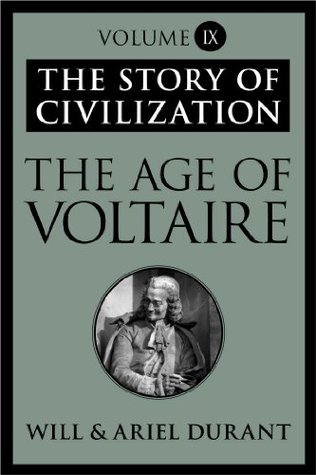It was a sign of the times that the Established Church had become broadly tolerant of different theologies and rituals among its members. Pitt described it as “a Calvinist creed, a Popish liturgy, and an Arminian clergy”9—i.e., the official doctrine was predestinarian, the ritual was semi-Roman Catholic, but a Latitudinarian spirit allowed Anglican ministers to reject Calvin’s determinism and adopt the free-will teaching of the Dutch heretic Arminius.
Welcome back. Just a moment while we sign you in to your Goodreads account.


